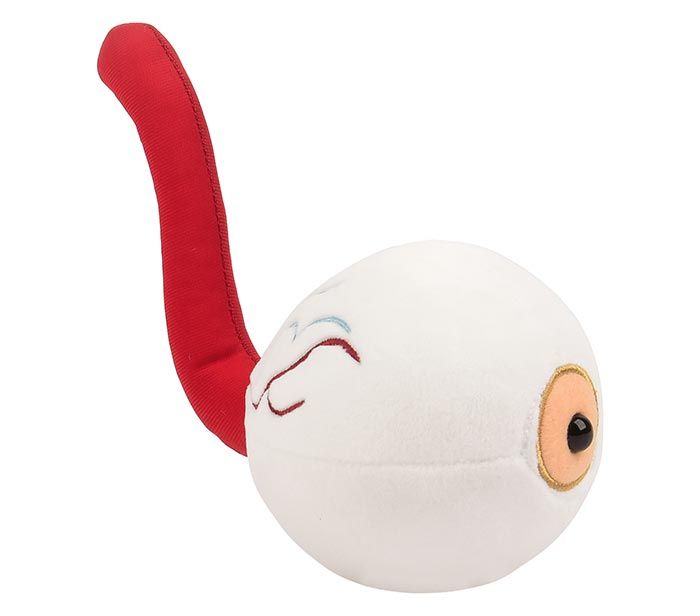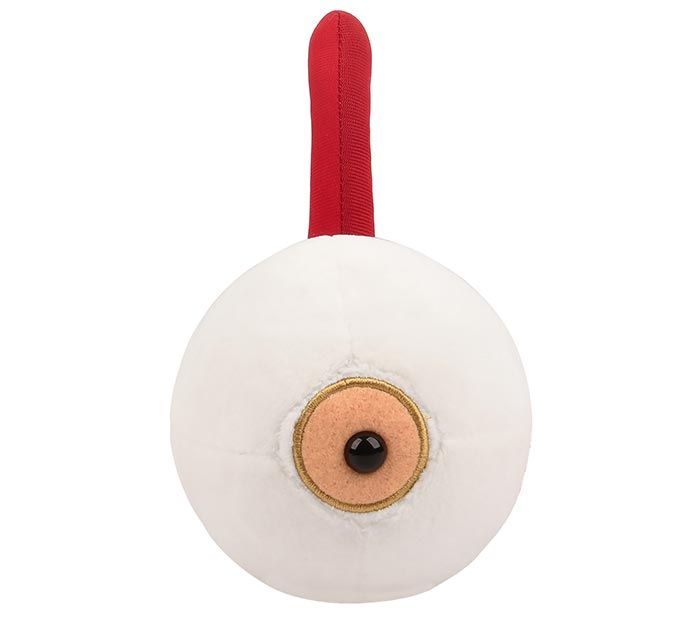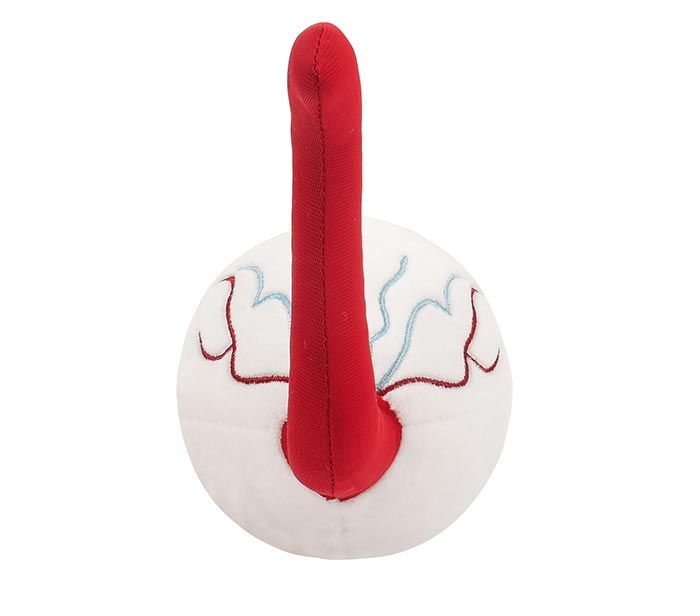Eye
Product Details
Additional Information
| Sizes | Giantmicrobes are based on actual microbes, cells, organisms and other critters, only 1,000,000 times actual size! Gigantic (GG) 16-24" XL (XL) 10-15" Original (PD) 5-8" Keychain (KC) 2-4" with clip |
|---|---|
| Materials | Plush from all new materials. Stuffed with polyester fiber fill. Surface washable: sponge with water & soap, air dry. |
| Packaging | Each plush microbe includes a printed card with fun, educational and fascinating facts about the actual microbe or cell. |
| Safety | Every product meets or exceeds U.S. and European standards for safety. For ages 3 and up. |
All about Eye
FACTS: The eye is a stunning and sensitive organ that works like a camera to regulate, focus and process light into the sense of sight. The cornea, a transparent membrane covering the surface, first directs light through the pupil, which then funnels the light into the eye. The pupil is a muscular hole in the middle of the iris, the colored circle of the eye. The iris regulates the amount of light that enters by controlling the size of the pupil. This is the pupillary light reflex. The iris does its job using both circular and radial groups of smooth muscles. Whether your eyes are brown, blue, or green is determined by the amount of pigment in the iris.
Once inside, light is then focused through a flexible lens and projected onto the retina. The retina is a nerve layer at the back of the eye. Here more than 100 million cells known as rods and cones do their thing, converting the light into electrical signals. Rods sense dim light, giving you night vision and allowing your peripheral vision to detect motion. Cones are less sensitive to light but allow you to see colors. Many cones detect red light, some detect green, and only a few detect blue. But by blending the varying response levels of different cones, your brain is able to conceive a spectacular rainbow of beautiful colors.
The electronic signals generated by the rods and cones travel through the optic nerve to the visual cortex of the brain. In the blink of an eye, your brain produces images allowing you to see the outside world. Believe your own eyes when you read here that the eye is an incredibly complex, beautiful and wonderful organ.











